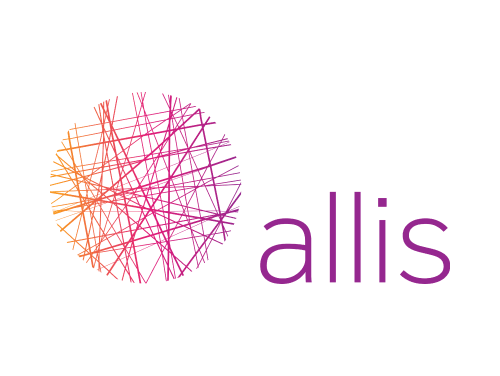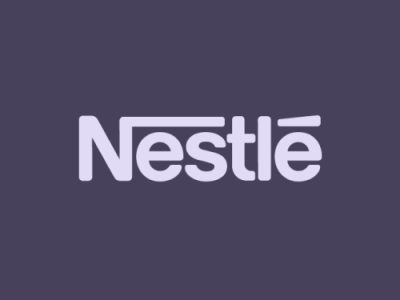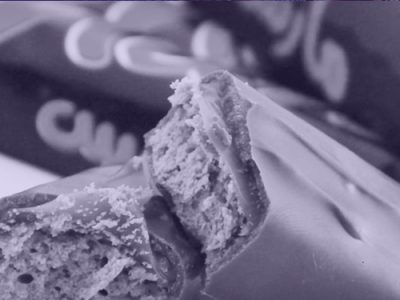Retail Execution Strategies Guide
Our Clients
Committing to the success of our clients around the world
Retail Execution is the process of planning, executing, and monitoring tasks related to the sale of products in retail stores. It involves a series of activities aimed at ensuring that products are presented and sold in an optimal way.
The main components for Retail Execution
Retail Execution Challenges
As with anything that can better your bottom line and enhance the in-store experience, there are of course challenges. Some of the common challenges and obstacles to effective retail execution include:
- Inconsistent Execution Across Stores: Stores differ in size and layout, and staff may not be as experienced as your flagship locations.
- Supply Chain Issues: Issues or delays within the supply chain can cause inventory levels to fluctuate, resulting in execution delays.
- Fickle Consumer Demand: With the rapid change in consumer demand, brands must be flexible and fast-paced in their execution methods.
Retail Execution Tools
With these programs in place, you can effectively execute in retail by ensuring products are merchandised as planned, maintain low inventory turns, schedule staff efficiently and maintain good relations with your customers. All this culminates to more sales, higher customer satisfaction and ultimately gaining competitive advantage in the retail market.
Examples Store Execution Implementations
Retail execution encompasses various activities carried out with the aim of ensuring products are sold to customers in the most advantageous way, maintaining low inventory turns and performing all sales related activities in the most efficient way possible. However, there are often many challenges retailers face in performing these activities. We bring you some common problems in store execution and their store execution solutions.
Problem 1. Poor Shelf Compliance
A retail chain finds that products are not consistently placed according to the planogram. This leads to decreased visibility for key products and lower sales.
Solution:
- Use Planogram Compliance Tools: Implementing planogram compliance tools can help ensure that shelves are stocked correctly. These tools can include photo recognition technology that compares shelf arrangements with the planogram and flags any discrepancies.
- Regular Audits and Training: Conduct regular shelf audits and provide ongoing training for store staff to reinforce the importance of adhering to planograms.
Problem 2. Inventory Inaccuracies
A store often experiences stockouts of popular items and overstock of slow-moving products, leading to lost sales and increased holding costs.
Solution:
- Implement Advanced Inventory Management Systems: Use systems that offer real-time inventory tracking and automated reorder alerts to maintain optimal stock levels.
- Data Analytics: Leverage data analytics to forecast demand more accurately and adjust inventory levels accordingly.
Problem 3. Inefficient Field Operations
Sales representatives and merchandisers struggle to manage their tasks effectively due to a lack of real-time data and communication tools, leading to missed opportunities and inefficiencies.
Solution:
- Adopt Mobile Field Retail Execution Apps: Equip field teams with mobile apps that provide real-time access to data, task management capabilities, and communication tools. This helps them perform their tasks more efficiently and stay connected with headquarters.
- GPS Tracking and Routing: Use GPS tracking to optimize routes for field teams, reducing travel time and increasing the number of store visits.
Problem 4. Lack of Customer Insights
A retailer has difficulty understanding customer preferences and behavior, resulting in ineffective marketing strategies and lower customer satisfaction.
Solution:
- Utilize CRM Systems: Implement CRM systems to gather and analyze customer data. This allows for personalized marketing campaigns and better customer relationship management.
- Customer Feedback Mechanisms: Establish mechanisms for collecting customer feedback, such as surveys or loyalty programs, to gain insights into customer preferences and improve service.
Problem 5. Ineffective Promotions
Promotional campaigns fail to attract the expected customer traffic and sales, possibly due to poor execution or targeting.
Solution:
- Digital Signage and In-Store Marketing: Use digital signage to dynamically display promotions and product information. This can capture customer attention and drive sales.
- Targeted Promotions: Leverage data analytics to create targeted promotions based on customer buying patterns and preferences, ensuring that campaigns reach the right audience.
Problem 6. Suboptimal Staff Scheduling
Stores experience either understaffing during peak hours or overstaffing during slow periods, leading to poor customer service and increased labor costs.
Solution:
- Workforce Management Solutions: Implement workforce management systems that use historical sales data and predictive analytics to create optimized staff schedules. These systems ensure adequate staffing during peak times and reduce unnecessary labor costs during slower periods.
- Flexible Scheduling: Encourage flexible scheduling and cross-training of employees to handle varying customer traffic effectively.
Problem 7. Inconsistent Customer Experience
Customers have varied experiences across different store locations, resulting in inconsistent brand perception and customer satisfaction.
Solution:
- Standardized Operating Procedures: Develop and enforce standardized operating procedures (SOPs) across all locations to ensure a consistent customer experience.
- Regular Training and Assessments: Provide regular training for employees and conduct assessments to ensure adherence to SOPs and maintain high service standards.
Successful retail execution management means facing multiple challenges and implementing advanced tools and strategies to overcome them. From addressing issues with poor shelf compliance and inaccurate inventory numbers to inefficient field operations and inconsistent store experiences, retailers can achieve operational excellence, improve customer experience, and boost sales performance.
Discover the Future of Retail with Ailet
Unlock your retail potential with Ailet today! Contact us to learn more about how our solutions can revolutionize your business.
Contact us
Success Stories
 Allis
Allis
 Coca Cola
Coca Cola
 Perfetti Van Melle
Perfetti Van Melle
 Nestle
Nestle
 Danone
Danone
 Mars
Mars
 Tarweej
Tarweej
 TOP 3 Retail Chain
TOP 3 Retail Chain
 Global Retail Corporation
Global Retail Corporation
 World’s Leading Manufacturer
World’s Leading Manufacturer
 Global FMCG Brand
Global FMCG Brand
 Leading Food Manufacturer
Leading Food Manufacturer
 Global Food Manufacturer
Global Food Manufacturer
 Global Coffee Manufacturer
Global Coffee Manufacturer
 Major Spirits Producer
Major Spirits Producer
 Global Pharmaceutical Brand
Global Pharmaceutical Brand
 Leading Food Manufacturer
Leading Food Manufacturer
 Global FMCG Brand
Global FMCG Brand
 Leading Food Manufacturer
Leading Food Manufacturer
 Leading Spirits Producer
Leading Spirits Producer
 Major FMCG Brand
Major FMCG Brand
 Major Coffee & Tea Manufacturer
Major Coffee & Tea Manufacturer



















